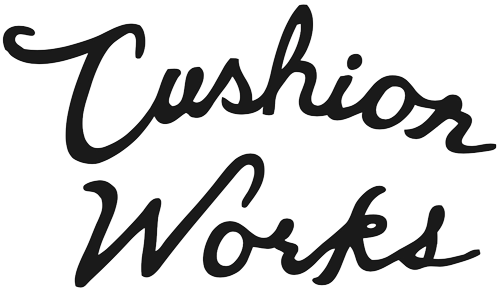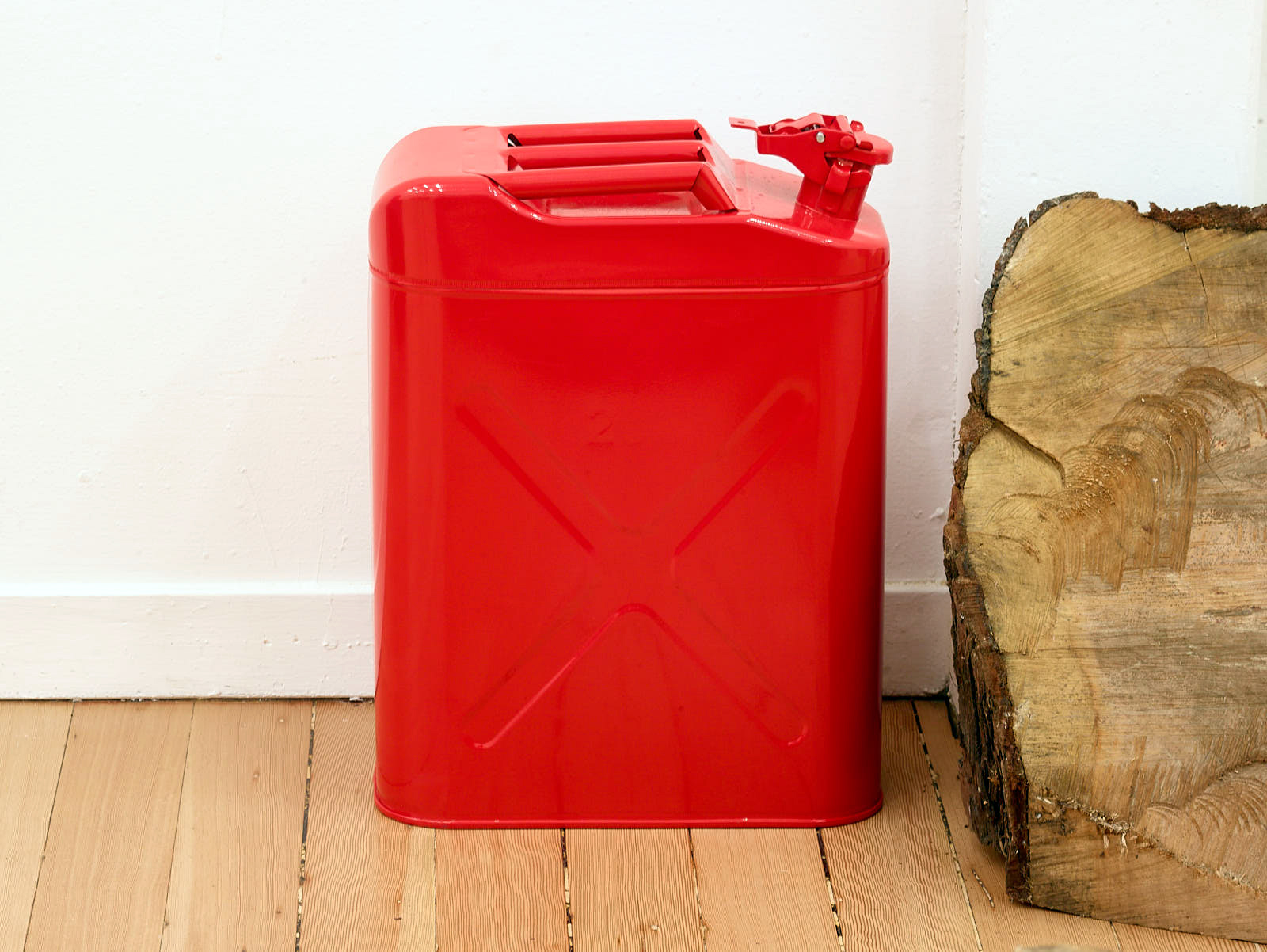Joaquín Segura, Pyre
Organized with Ivan Muñiz Reed
November 17, 2018–January 13, 2019
Pyre, an installation by Mexico City-based artist Joaquín Segura, addresses corruption, impunity, and the role that failed governments play in the normalization of violence.
The work references mass disappearances at the hand of corrupt armed forces and paramilitary groups that have taken place in Mexico since the 1960s and significantly escalated over the last decade due to the War on Drugs. While the piece may be installed any number of ways, it is marked by the precision of its material content: 71 liters of gasoline, 23 used car tires, and 760 kilograms of wood. These figures—the amount of matter necessary to incinerate a single human body—are based on the findings of independent forensic teams deployed in response to the implausibility of various official government explanations.
The state has directly perpetrated acts of violence and shrouded the truth in countless episodes, including the student massacre of Tlatelolco in 1968, the Dirty War, the Acteal massacre, and, most notoriously, the 43 missing students of Ayotzinapa. These incidents demonstrate not only the escalating corruption of the state, but also its inability to handle crises of this magnitude. As mass graves are consistently uncovered, at times revealing hundreds of skulls in a single location, justice remains elusive. The families of the missing are forced to cover the DNA testing expenses to identify the bodies of their loved ones in the hope of some sort of closure.
Although statistics vary greatly, it is estimated that tens of thousands are currently missing. Pyre’s raw presence, coupled with the difficulty of imagining its contents multiplied by each vanished citizen, creates a chilling rejoinder to the public record and an active accounting for state violence and erasure, effectively occupying space that the missing cannot.
Joaquín Segura (b. 1980, Mexico City, Mexico) reflects on the phenomenology of violence, sociopolitical microclimates, and the relationship between ideology and history through actions, installations, interventions, and photographic works. His work has been exhibited in solo and group exhibitions around the world, including Museo Tamayo Arte Contemporáneo (Mexico City), El Museo del Barrio (New York), LA><ART (Los Angeles), the Denver Contemporary Art Museum, Museo Nacional Centro de Arte Reina Sofía (Madrid), and the National Center for Contemporary Art (Moscow). This project is made possible through the generous support of Galería Hilario Galguera, Mexico City.











